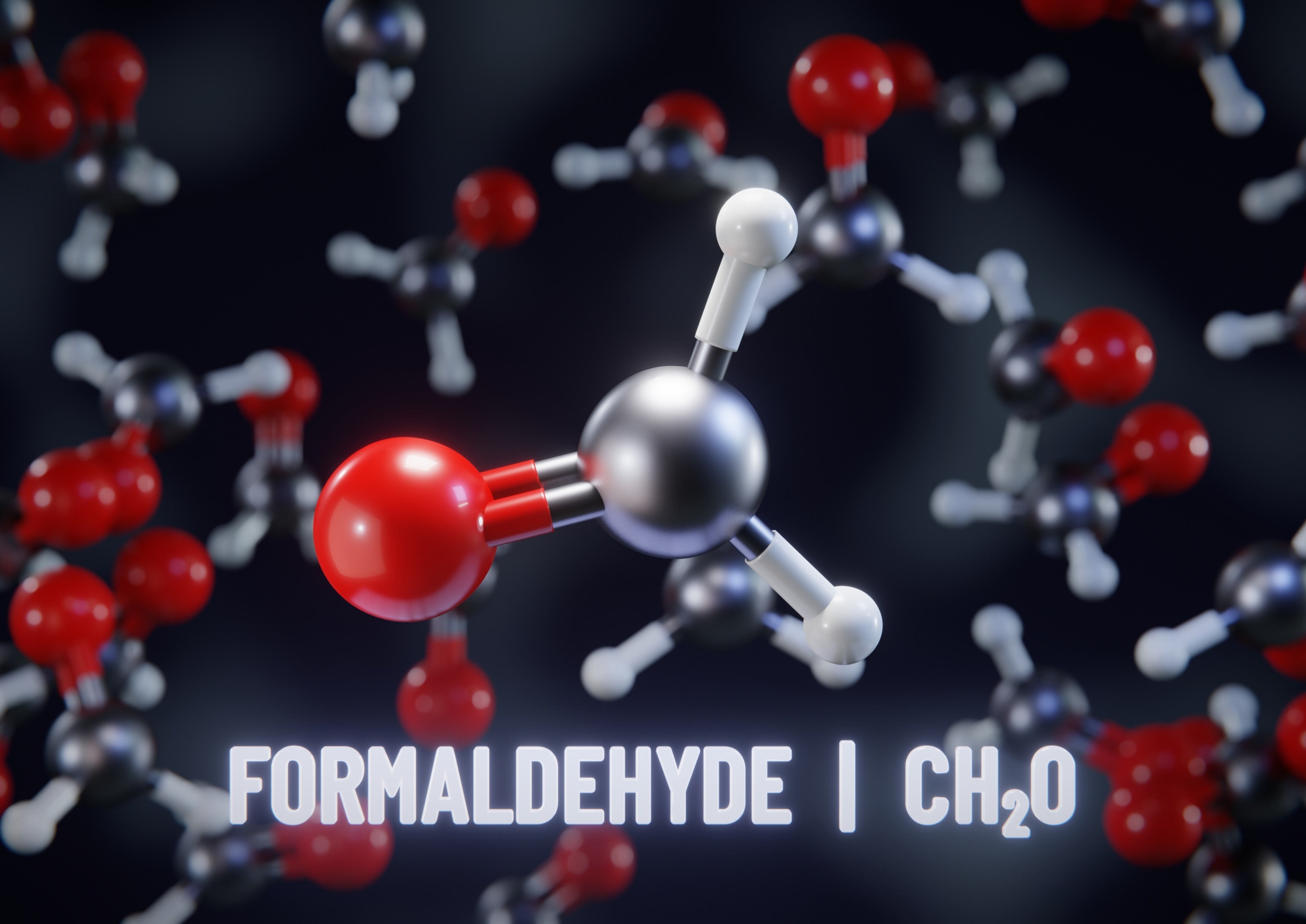EPA releases Final Risk Assessment on formaldehyde despite industry criticism
 The Integrated Risk Information System (IRIS) is an EPA program that assesses the health risks of chemical substances, providing critical data for regulatory decisions. The Toxic Substances Control Act (TSCA) grants the EPA the authority to evaluate and manage chemical risks, and IRIS assessments often inform these evaluations. The recent IRIS assessment for formaldehyde, a widely used chemical in many industries, has raised significant concerns, particularly in the context of the TSCA risk evaluation process which is due by the end of the year.
The Integrated Risk Information System (IRIS) is an EPA program that assesses the health risks of chemical substances, providing critical data for regulatory decisions. The Toxic Substances Control Act (TSCA) grants the EPA the authority to evaluate and manage chemical risks, and IRIS assessments often inform these evaluations. The recent IRIS assessment for formaldehyde, a widely used chemical in many industries, has raised significant concerns, particularly in the context of the TSCA risk evaluation process which is due by the end of the year.
Key Findings of the IRIS Formaldehyde Assessment
The EPA's IRIS assessment of formaldehyde suggests that even low levels of formaldehyde exposure may pose significant health risks, including cancer and other chronic non-cancer health issues. The assessment's conclusions could lead to stricter regulatory controls under TSCA, potentially restricting or banning formaldehyde use in many applications.
Concerns Raised by Industry Groups
The American Chemistry Council (ACC) and the American Foundry Society (AFS) have both voiced strong objections to the IRIS assessment. They argue that the assessment is fundamentally flawed due to:
- Reliance on Inadequate Studies: The IRIS assessment is criticized for relying heavily on observational studies that are considered unreliable for determining safe exposure levels.
- Ignoring Best Available Science: The assessment allegedly fails to incorporate recent, high-quality studies and evaluations by international bodies like the World Health Organization and the European Union.
- Procedural Flaws: Both ACC and AFS point out that the IRIS assessment ignored key recommendations from peer review bodies and did not undergo a full, transparent review process.
“Any assessment of formaldehyde must begin with the best available science and the fact that formaldehyde is an ever-present part of the natural world that, through decades of responsible innovation and regulation, has become essential to goods including contributing to a sustainable future for wood products, electric vehicles, agriculture, lifesaving vaccines, and medical devices. If EPA continues on its current path, formaldehyde manufacturing and many of its downstream uses would be severely restricted or potentially banned in the U.S.” - American Chemistry Council
Potential Impact on Nonferrous Foundries
If the IRIS assessment's findings are adopted into TSCA regulations, the nonferrous foundry industry could face severe consequences. Most notably, the use of formaldehyde-based resin binder systems, which are essential in the metal casting process, could be severely restricted or even eliminated. This would force foundries to either find alternative materials, which may not be as effective or affordable, or risk significant operational disruptions.
The elimination of these binder systems could lead to:
- Increased Costs: Finding and implementing alternative binder systems would likely incur substantial costs, both in terms of raw materials and reconfiguring foundry processes.
- Operational Challenges: The industry may face difficulties in maintaining the quality and consistency of cast products without proven resin binders.
- Economic Impact: The broader economic effects could include job losses within the foundry sector and increased costs for industries reliant on metal castings.
Conclusion
The adoption of the IRIS formaldehyde assessment into TSCA regulations poses a significant threat to the nonferrous foundry industry. The potential elimination of formaldehyde-based binder systems could have far-reaching consequences, making it critical that the industry stay informed and up to date as the IRIS assessment is considered under the TSCA evaluation process.
